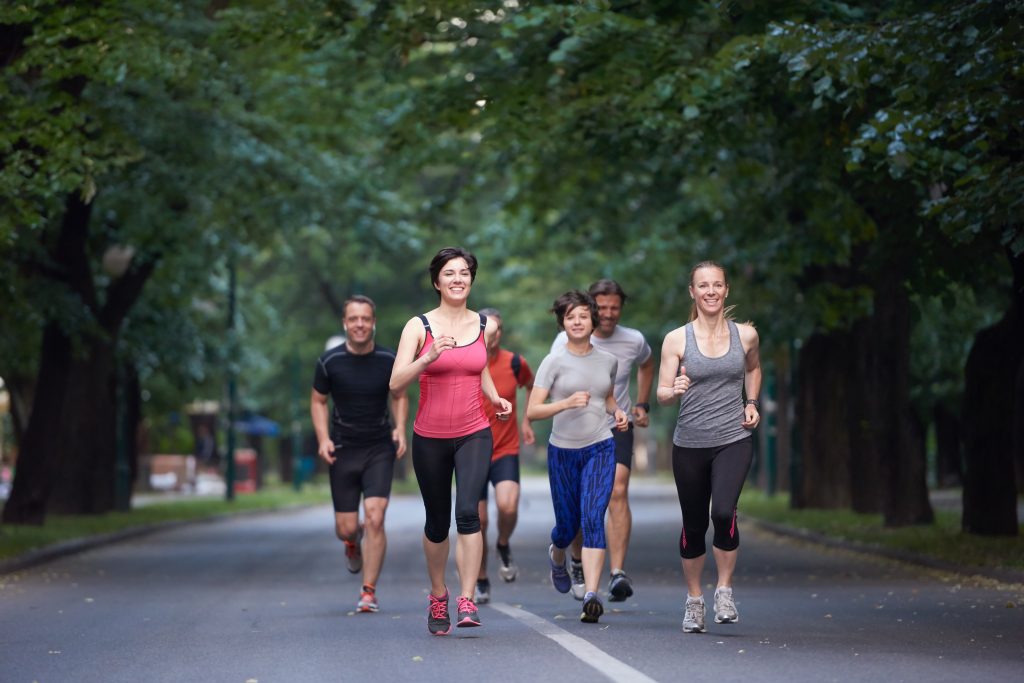Why Running Gait Matters: How To Avoid Injury

Forefoot and midfoot strike runners tend to have increased cadence in running, which means that their feet strike the ground more often. They also have shorter stride lengths, more knee flexion and less ankle dorsiflexion.
The Benefits Of Forefoot And Midfoot Striking:
- A short stride length puts the center of gravity closer to the body, giving you greater balance and stability.
- A faster cadence reduces overall loading, meaning that your feet don’t bear too much weight, decreasing injury.
- Together, these biomechanical changes should result in less impact damage. Also, with forefoot strike, the calf muscles work harder and this can reduce overall impact load; however, it can put a lot of strain on the Achilles and that is sometimes a problem.
Knee strain is also reduced with a non-heel strike pattern of running. Because more muscles are engaged with a forefoot strike, the leg has more shock absorption with a forefoot strike than with a heel strike. Because the actions of the leg are more efficient with a midfoot or forefoot strike, the metabolic demands of running are diminished, and the runner becomes more efficient – faster, with more endurance. A running pattern that involves a mid or forefoot strike also takes advantage of the inherent capacity of the arch to store energy, which can also improve your time.
When Choosing Footwear, Pick Structure Over Cushion
It has been shown that using arch supports weakens the foot over time and can actually lead to injury. Minimalist shoes usually do not have much in terms of arch support, which encourages your arch to self-support, making your arch stronger and bettering your overall foot health.
It has also been found that the cushioning found in the heels of most traditional running shoes do not reduce the risk of heel injury. In other words, no amount of heel cushioning seems to make a difference when it comes to tibial stress fractures and plantar fasciitis.
Paradoxically, cushioning in a shoe can lead to problems like plantar fasciitis. Too much cushioning in the heel during impact can lead to excessive eversion of the heel and then to excessive pronation of the midfoot. This strains the plantar fascia.
Cushioned shoes also require more work from the knee and hip, both because they tend to be heavier than minimalist shoes, but also because the added cushion creates a larger shoe that must be lifted higher to clear the ground during a running stride. This creates the possibility of a greater risk of injury to the knee with highly cushioned traditional running shoes.
Most of the benefits of minimalist running are compelling but still theoretical as not enough studies have been done. Also, enterprising attorneys recently settled a class action lawsuit against Vibram for claims they made about the benefits of the FiveFingers shoe they made, so it is important to do your research and trust your own lived experience when choosing new running wear. It’s also not a bad idea to ask your physician or physical therapist for running shoe recommendations.
Some would say that minimalist running doesn’t eliminate injuries, but simply changes the type of injuries. Nonetheless, a lot of studies are showing significant benefits to simply changing the position of the foot during impact with running. The minimalist shoes simply accommodate a movement already afoot.





